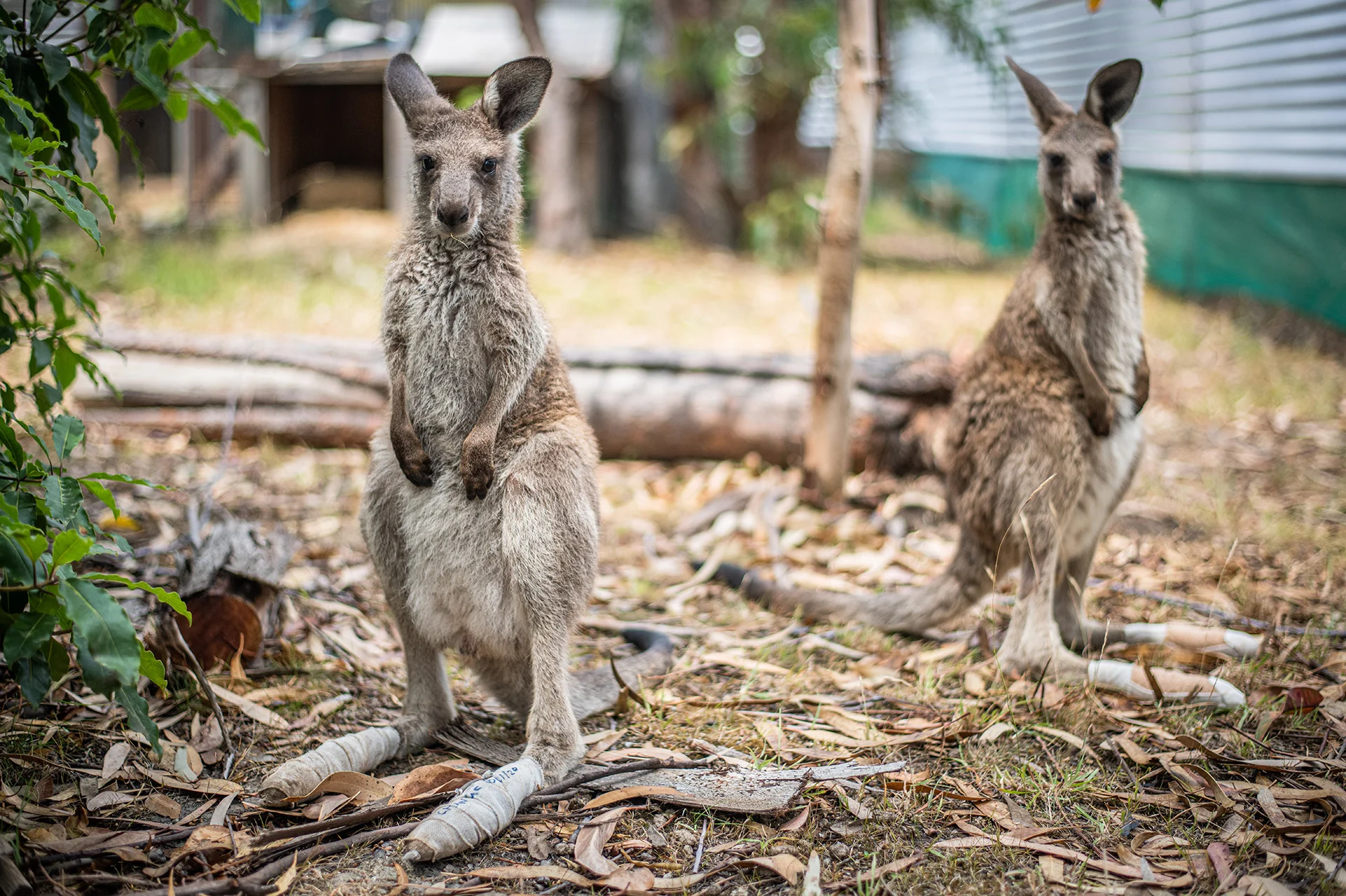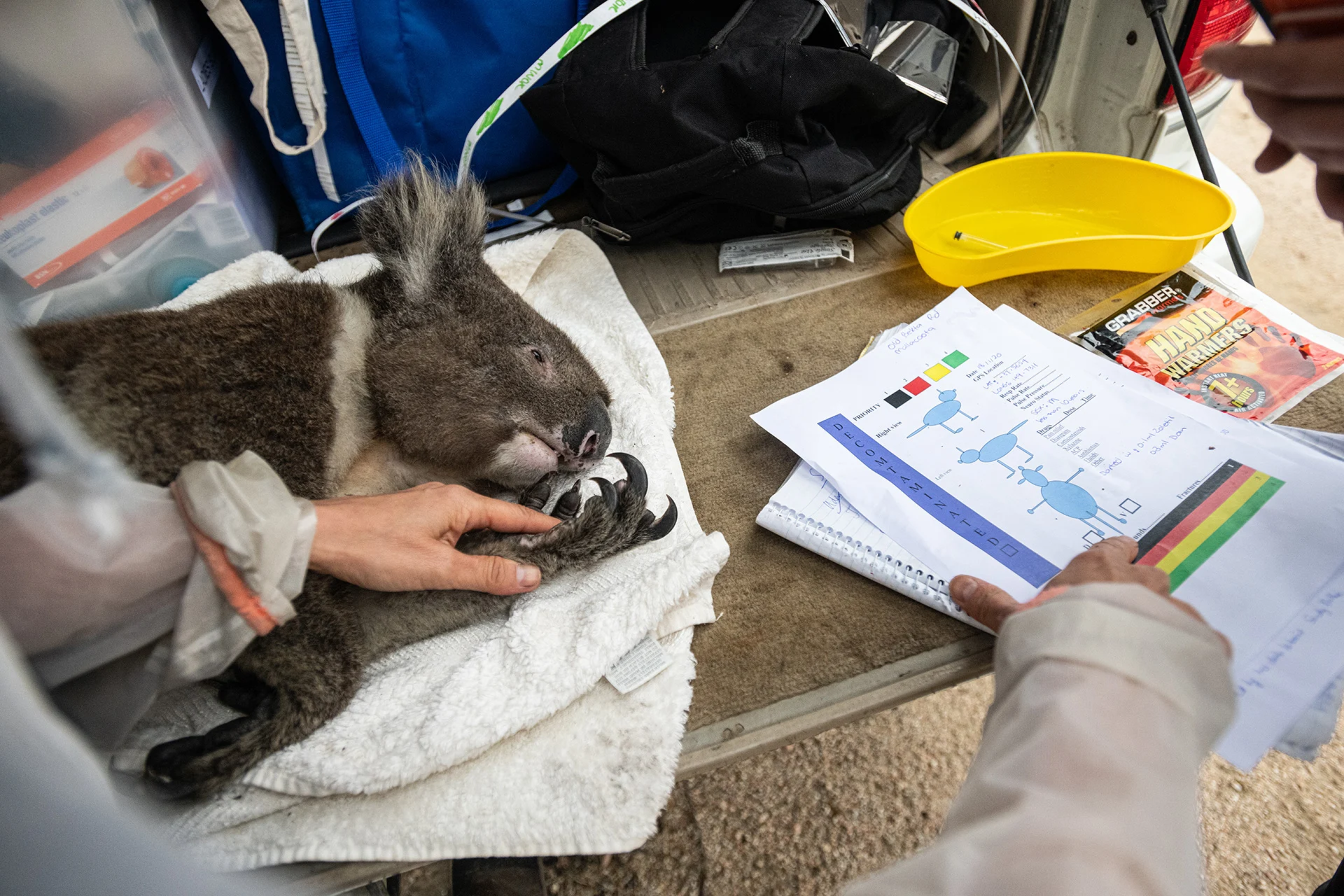
Nearly 3 billion animals affected by Australian bushfires, report finds
The researchers that contributed to this report say that climate change is making wildfires in Australia more frequent and intense.
The severe bushfire outbreak in Australia from 2019 to early 2020 was the country’s worst fire season on record and nothing short of a catastrophe for the environment. Thousands of people faced emergency evacuations, global carbon dioxide levels climbed and footage of helpless marsupials engulfed in flames went viral worldwide.
An interim report, with contributors from several scientific institutions and funding from World Wide Fund for Nature (WWF), quantifies just how gruesome the bushfires death toll was - nearly three billion animals were killed or displaced, a number that is almost three times greater than the previous estimate.
The animals that are featured in this updated estimate include 143 million mammals, 2.46 billion reptiles, 180 million birds and 51 million frogs.

An Eastern grey kangaroo and her joey who survived the forest fires in Mallacoota, Australia. Photo Credit: Jo-Anne McArthur/We Animals Media
In January, initial estimates suggested that 1.25 billion animals were impacted by the fires, but this only considered the states of New South Wales and Victoria. The researchers that contributed to the new interim WWF report are still reviewing data and anticipate that the final report will be completed by August 2020.
While the report states that the results are preliminary in nature, WWF confirms that “the headline figure of nearly three billion animals impacted is unlikely to change.”
“The interim findings are shocking. It’s hard to think of another event anywhere in the world in living memory that has killed or displaced that many animals. This ranks as one of the worst wildlife disasters in modern history,” said WWF-Australia CEO Dermot O’Gorman.

A dehydrated koala receives veterinary care. He will later be released into a surviving forest. Photo Credit: Jo-Anne McArthur/We Animals Media
HOW CLIMATE CHANGE WORSENED THE FIRES
Dr. Mario Picazo, a meteorologist and professor at the University of California, Los Angeles (UCLA) stated that climate change influenced the severity of the bushfires in Australia in early 2020. Picazo explained that the unusually warm global temperatures increased the severity of the burning and also altered natural atmospheric phenomena, such as the Southern Annular Mode (SAM) and Indian Ocean Dipole (IOD).
“The SAM represents the north-south movement of the westerly wind belt that blows non-stop across the middle to high latitudes of the southern hemisphere. These winds drive lows and fronts across southern Australia, bringing rainfall during the winter months. In recent years, a positive mode of the SAM has dominated, causing active fronts to move further south than usual, missing Australia. Scientists have shown through recent research that this new trend in the SAM is linked to climate change,” Picazo explained.
The Indian Ocean Dipole (IOD), a climate phenomenon that influences how much or little precipitation a region receives, was in a very positive mode in 2019 and reduced the chances of rainfall in parts of Australia, Picazo added. Not only is the prospect of less precipitation concerning as temperatures rise, but research has also found that climate change is causing an increase in the frequency of positive IOD events that favour drought and wildfire occurrence in the region.
The combination of these phenomena and the record high temperatures that occurred during the bushfires all demonstrate the complex reality of the changing climate and how quickly a regional climate emergency can have large-scale and even global impacts.
The report confirms that climate change is causing more frequent extreme bushfires and provides several recommendations in light of this reality: fund long-term monitoring research on wildlife densities and responses to fire, develop standard national methodologies for surveying and modelling animal densities, improve habitat connectivity to provide fire refuges for species that can escape, protect unburnt habitats, improve fire prevention and management practices and establish rapid response teams that can protect threatened species and ecosystems when bushfires occur.
Photo Credits: Jo-Anne McArthur/We Animals Media












